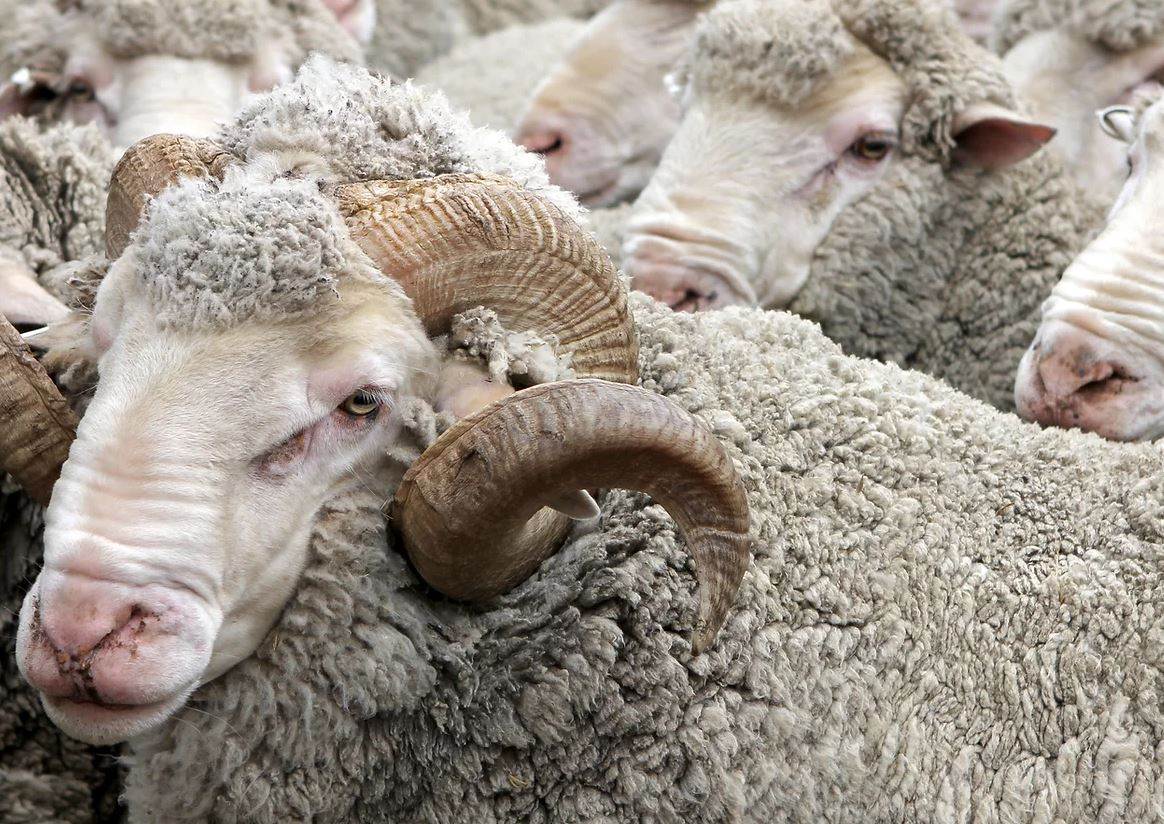Regenerative agriculture report offers ‘toolkit’ for brands

Regenerative agriculture is an opportunity for brands to invest in a fundamentally different system that benefits people and the planet, according to a report from non-profit Textile Exchange.
The Regenerative Agriculture Landscape Analysis is sponsored by Kering, J Crew Group and CottonConnect and covers programmes relevant for cropping, grazing and agroforestry.
The report offers “a framework and toolkit to understand, implement and describe the benefits of work in this space”, according to Textile Exchange.
Among other projects in the report are Terra Genesis, VF Corporation’s pilot on regenerative rubber; ZQRX Merino (pictured), a Smartwool, Icebreaker and Allbirds project on wool; and Patagonia’s organic cotton certification.
A recent partnership between J.Crew/Madewell, 5Loc Cotton, Calcot, and Texas cotton growers illustrates some best practices for cotton. J.Crew/ Madewell’s interest was to experiment with regenerative production, develop a fully traceable supply chain and learn from the project as the company assessed the potential for regenerative approaches across its main crops.
Partners hoped “to incentivise farmers to make the move to organic and onward to regenerative,” said Brent Crossland of 5Loc Cotton. Mr Crossland is working with California-based cotton cooperative Calcot to bring potential farmers into one inventory, which can then be traced from the individual farms to the cotton gin.
Arif Makhdum, agronomist at CottonConnect, said: “If smallholder farmers are empowered to use regenerative farming practices, they can replenish the land for current and future generations, boosting yields while building resilience to climate change. This way, farmers and their families will thrive, and so will our planet.”
Textile Exchange issued a call to brands to invest in regenerative agriculture projects.
Beth Jensen, climate and strategy director at Textile Exchange, said: “Regenerative agriculture is about growing raw materials in alignment with natural systems and Indigenous practices. It’s a complete contrast to the extractive approach that has become the norm in recent years, but it doesn’t fit neatly into a single definition or set of practices. While this can be a challenge for companies, it’s also an opportunity to lift up farmers and growers as the essential leaders in this movement.”
Image: ZQ sheep graze on pastures in ‘free range’ extensive farming conditions in the high country hills of New Zealand, the outback of Australia, the green plains of South Africa or the mountainous terrain of South America.








